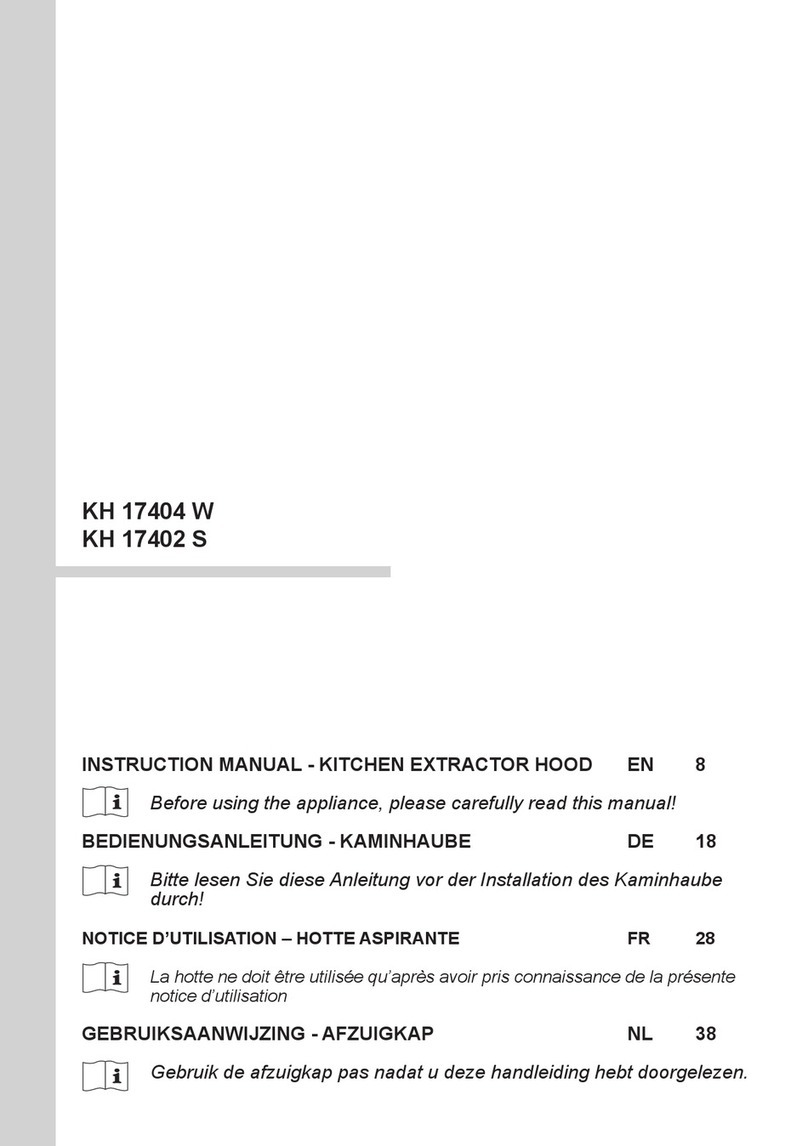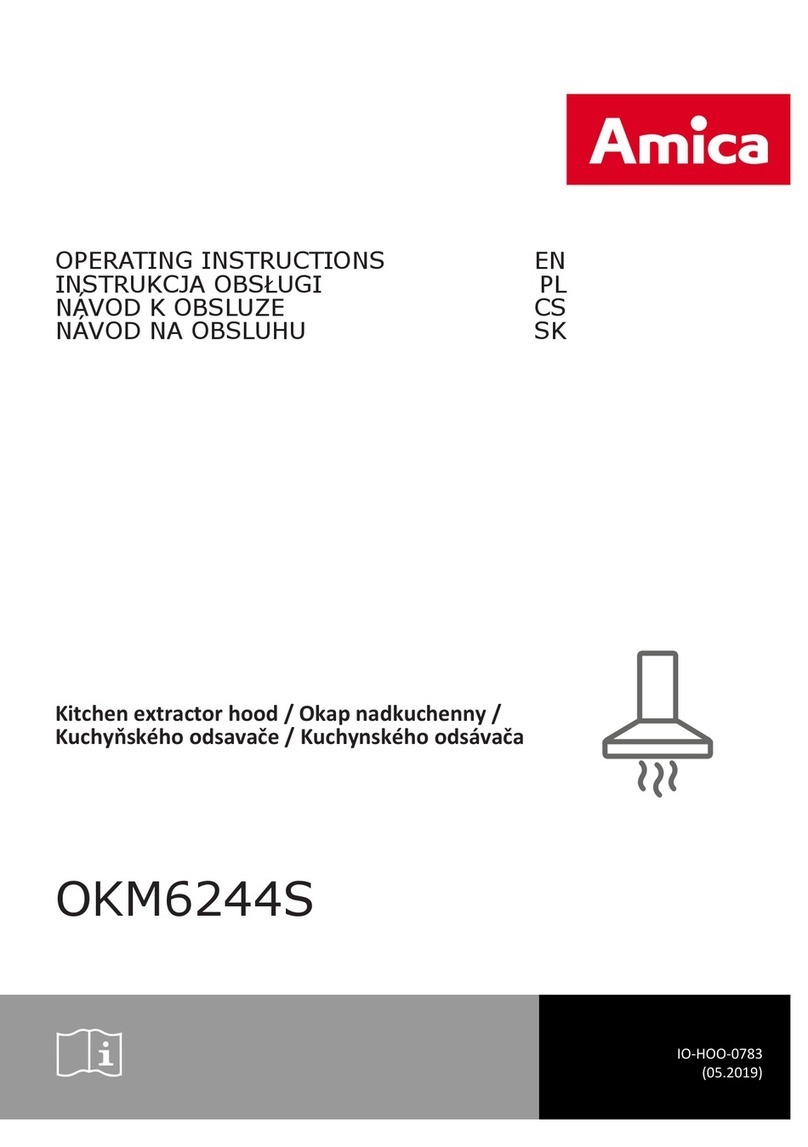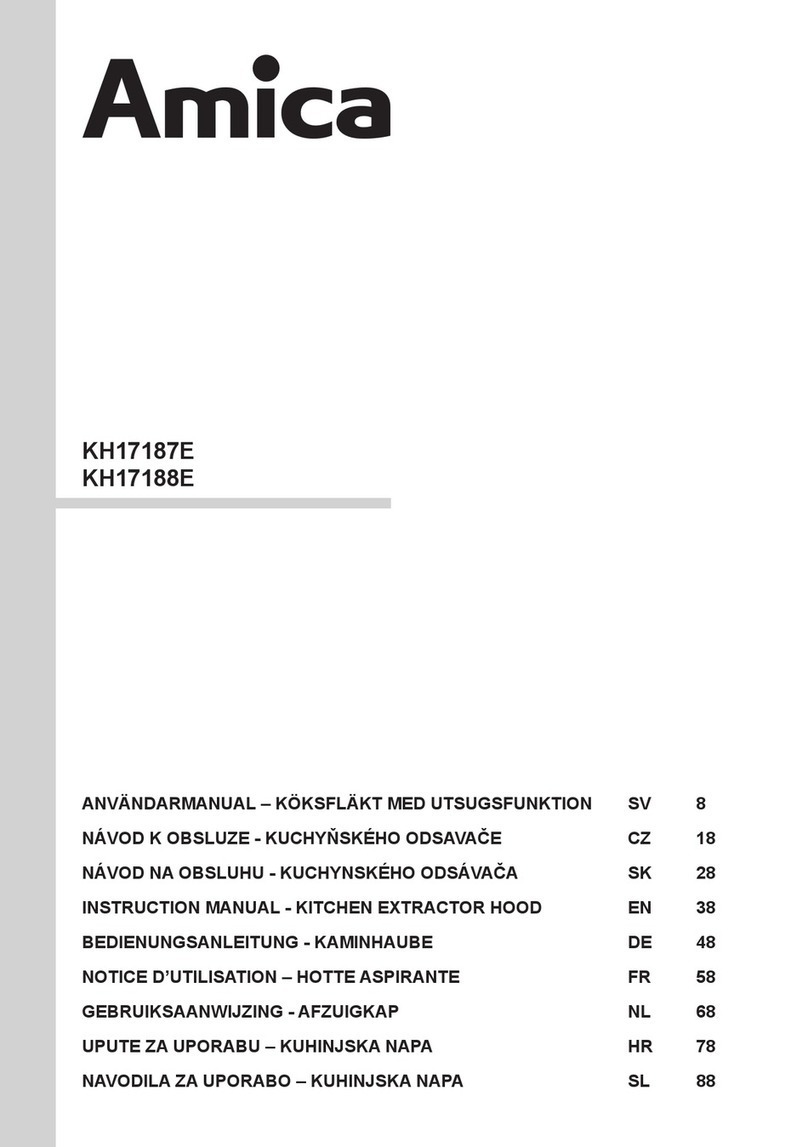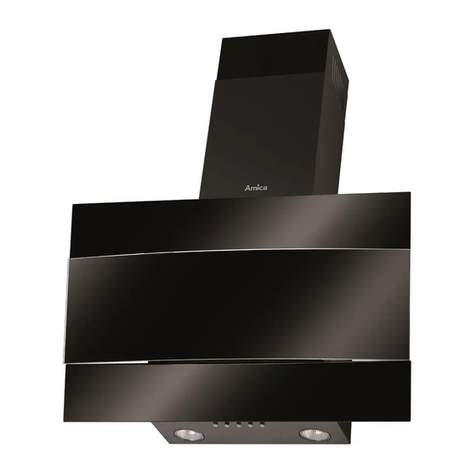Amica OSC Series User manual
Other Amica Ventilation Hood manuals

Amica
Amica OTP6651BG User manual

Amica
Amica OMS6551BG User manual
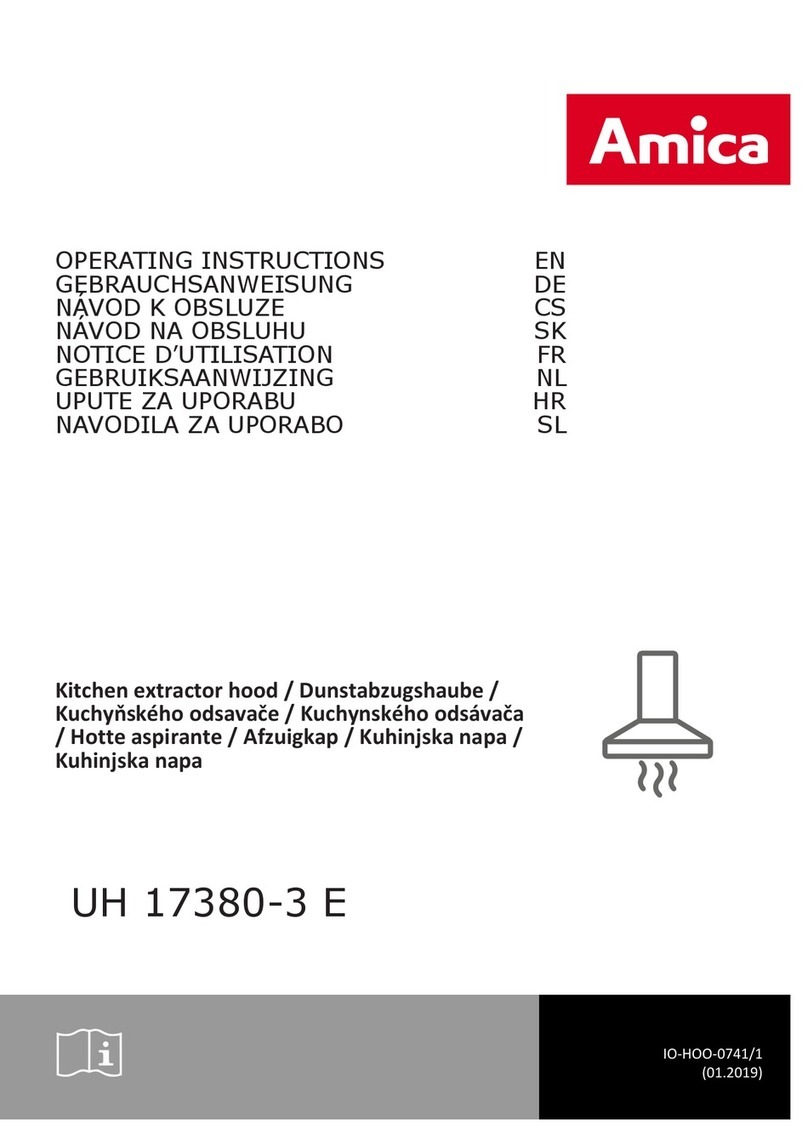
Amica
Amica UH 17380-3 E User manual

Amica
Amica SP 62 AB User manual

Amica
Amica KHF 664 610 S User manual

Amica
Amica KH 17389-3 E User manual
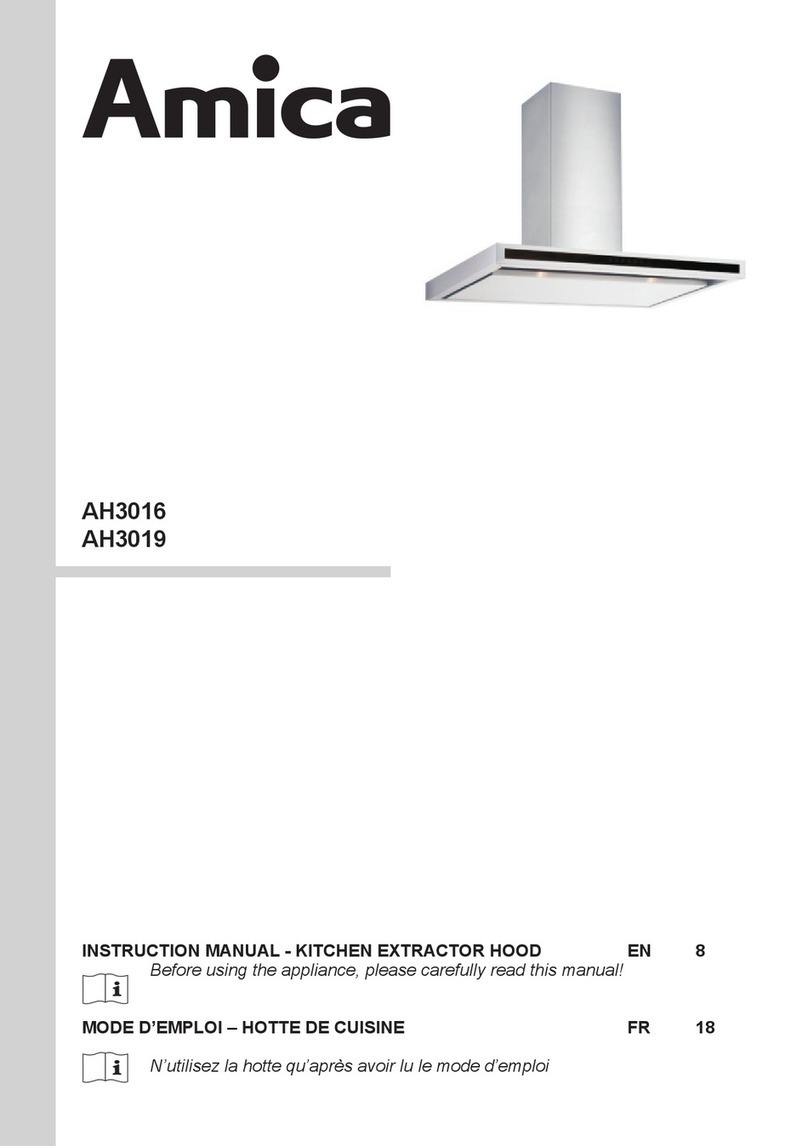
Amica
Amica AH3016 User manual
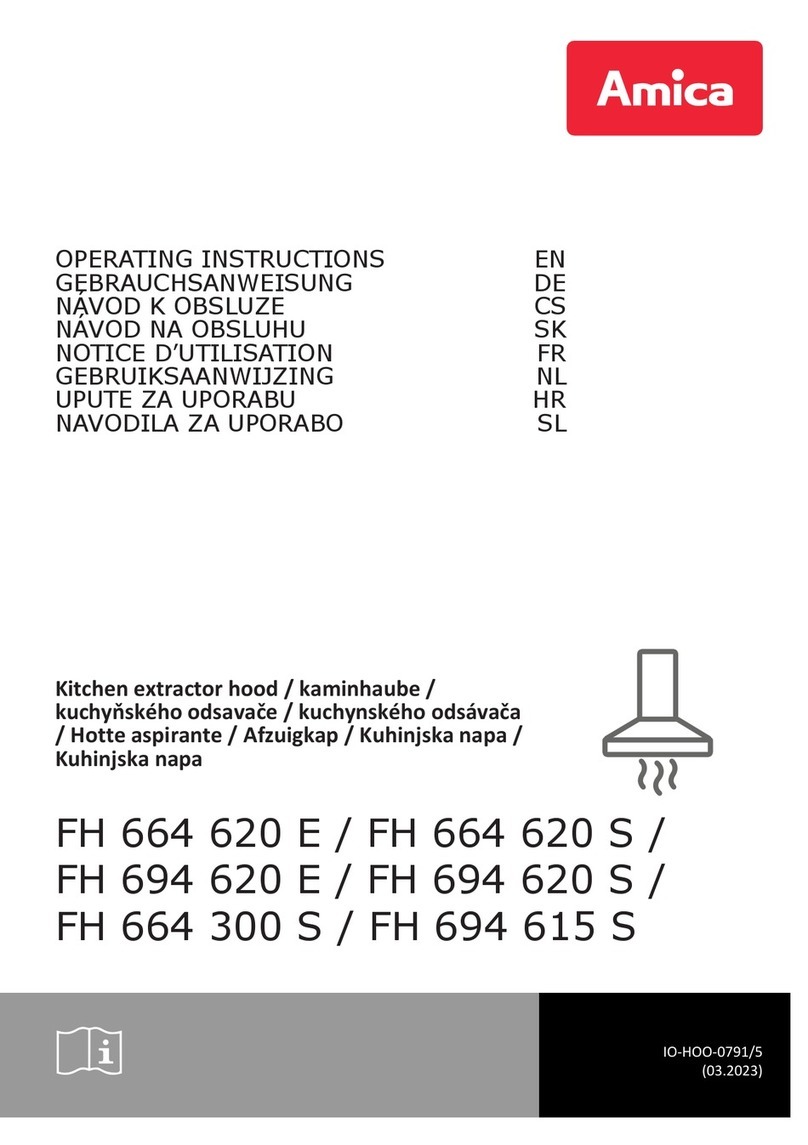
Amica
Amica FH 664 300 S User manual

Amica
Amica OKC623S User manual

Amica
Amica IN900BI User manual

Amica
Amica OTP6641BG User manual
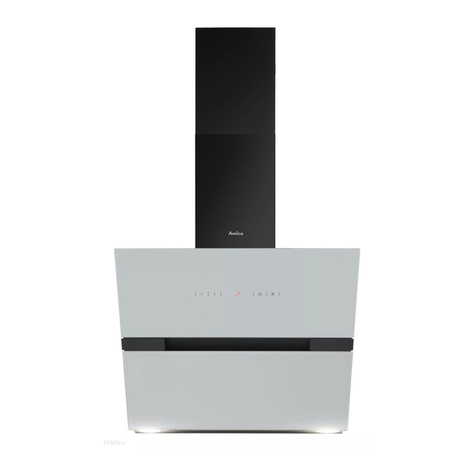
Amica
Amica OKC 653 SW User manual

Amica
Amica OWC4441BK User manual

Amica
Amica OTS 645 I User manual

Amica
Amica KH 17128-2 E User manual
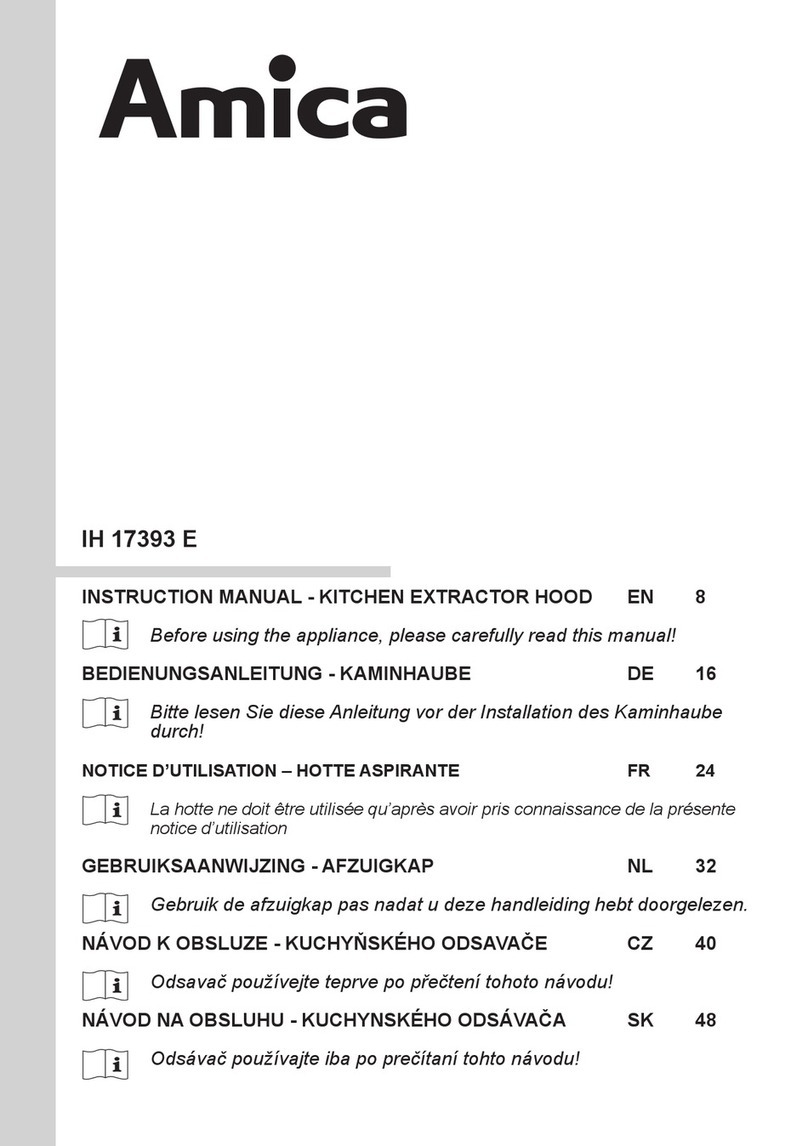
Amica
Amica IH 17393 E User manual

Amica
Amica OMC6241I User manual
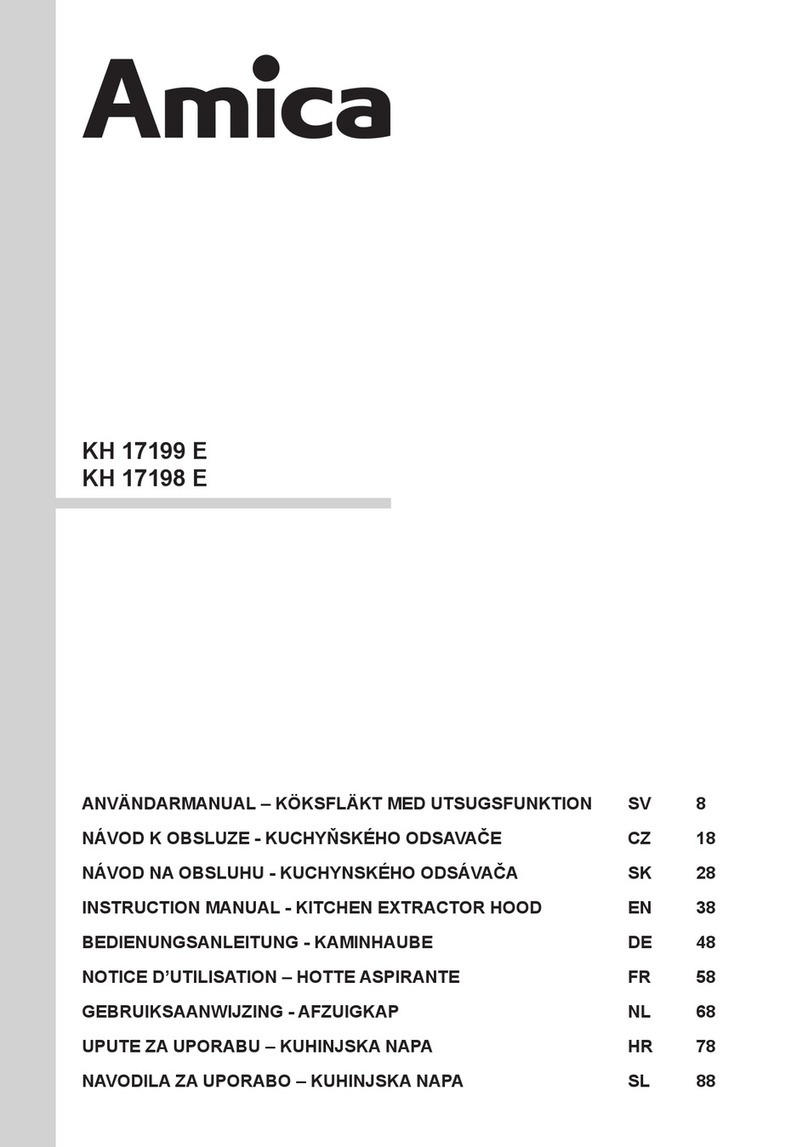
Amica
Amica KH 17199 E User manual

Amica
Amica OKP6552SB User manual
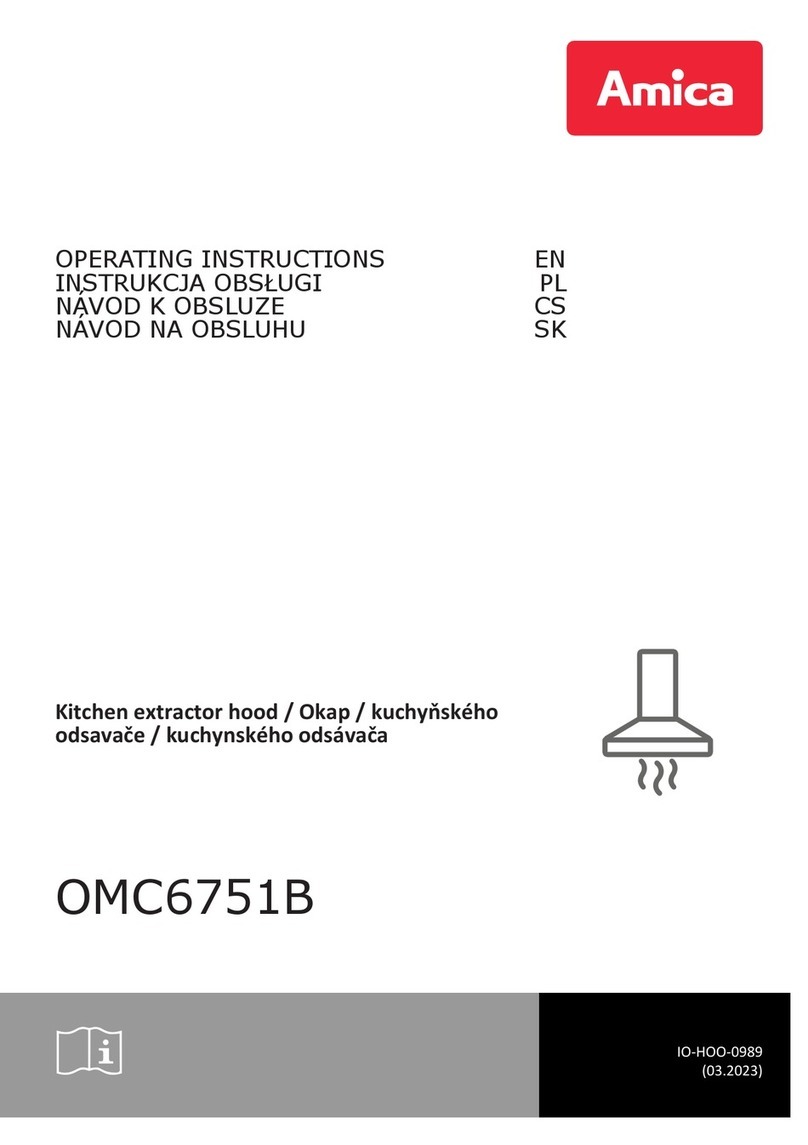
Amica
Amica OMC6751B User manual
Popular Ventilation Hood manuals by other brands

Gorenje
Gorenje S3 IHGC963S4X manual

KOBE
KOBE ISX2136SQB-1 Installation instructions and operation manual

U.S. Products
U.S. Products ADVANTAGE-100H Information & operating instructions

Kuppersberg
Kuppersberg DUDL 4 LX Technical Passport

Framtid
Framtid HW280 manual

Thermador
Thermador HGEW 36 FS installation manual
